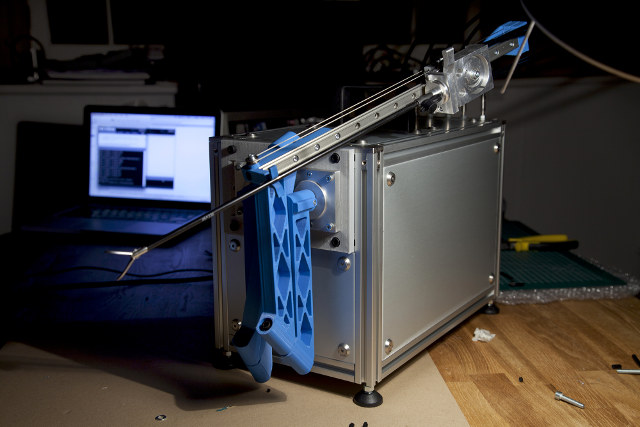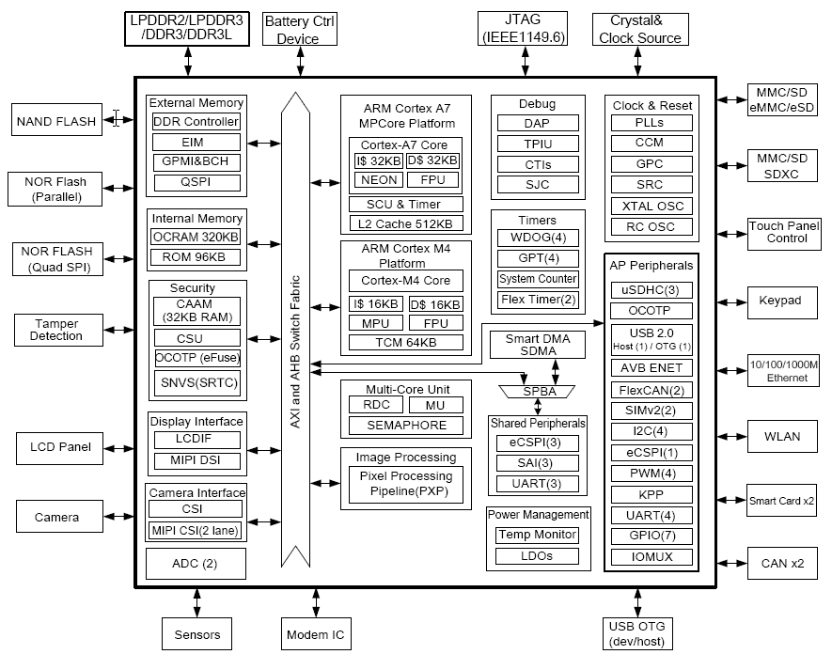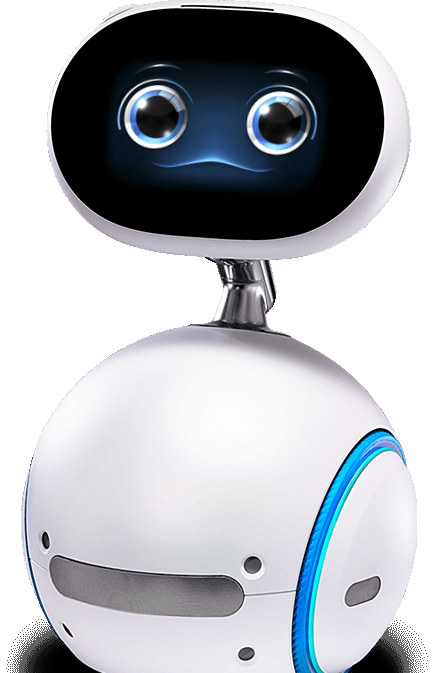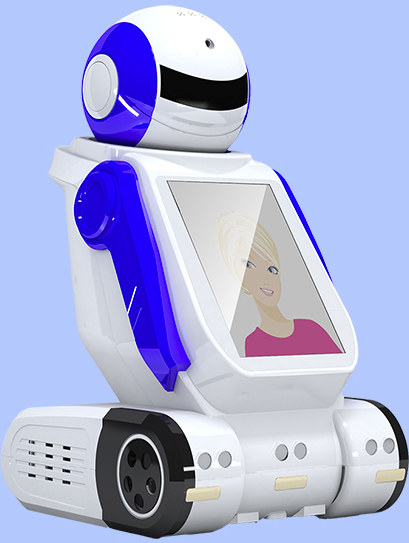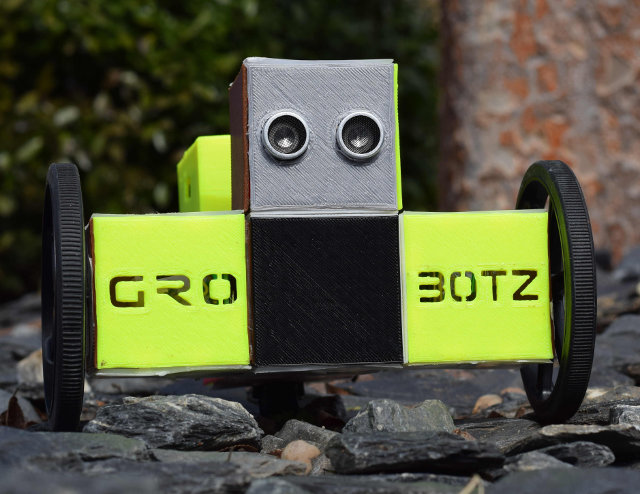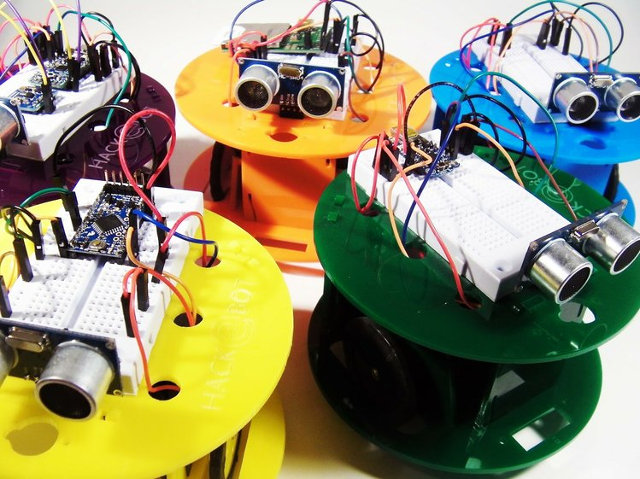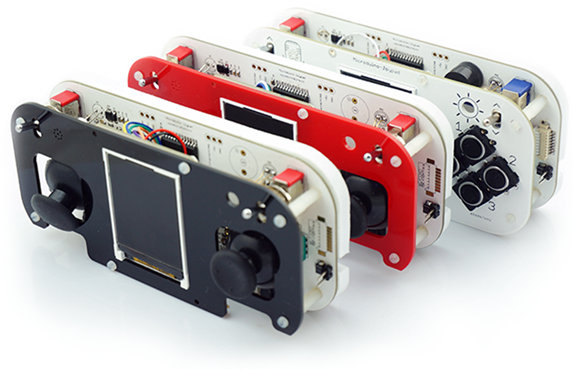Medical equipments can be really expensive because of the R&D involved and resulting patents, low manufacturing volume, government regulations, and so on. Developed countries can normally afford those higher costs, but for many it may just be prohibitively expensive. The Open Surgery initiative aims to mitigate the costs by “investigating whether building DIY surgical robots, outside the scope of healthcare regulations, could plausibly provide an accessible alternative to the costly professional healthcare services worldwide”. The project is composed of member from the medical, software, hardware, and 3D printing communities, is not intended for (commercial) application, and currently serves only academic purposes. Commercial surgical robots can cost up to $2,000,000, but brings benefits like smaller incisions, reduced risks of complications and readmissions, and shorter hospital stays thanks to a faster recovery process. There have already been several attempts within the robotics community to come up with cheaper and more portable surgical […]
HMP, Real-Time Linux and Xenomai – A Look at Three Options to Develop Real-Time Linux Systems on Application Processors
This is a guest post about Heterogeneous Multicore Processing (HMP), Real-Time Linux, and Xenomai to develop real-time Linux systems written by Guilherme Fernandes, Raul Muñoz, Leonardo Veiga, Brandon Shibley, all working for Toradex. Introduction Application processor usage continues to broaden. System-on-Chips, usually powered by ARM Cortex-A cores, are taking over several spaces where small ARM Cortex-M, and other microcontroller devices, have traditionally dominated. This trend is driven by several facts, such as: The strong requirements for connectivity, often related to IoT and not only from a hardware point of view but also related to software, protocols, and security The need for highly interactive interfaces such as multi-touch, high-resolution screens, and elaborate graphical user interfaces; The decreasing price of SoCs, a consequence of its volume gain and new production capabilities. Typical cases exemplifying the statement above are the customers we see every day starting a product redesign upgrading from a microcontroller […]
Asus Zenbo Smart Home Robot is Looking for Developers
Asus introduced a $599 robot on wheel at Computer 2016. Asus Zenbo features a friendly face which can also be used as a touchscreen display, answer voice commands, take pictures on-demand, and can help you for all sort of task from reading recipes out loud, emergency calls if it detects an elderly person’s fall, to task reminders such as taking medicine, or going to a doctor’s appointment. The robot could also be used for all sort of home automation tasks so as turning on and off lights, so Asus also launched a developer program in order to get more applications leveraging the robot’s capabilities, including Android and web applications using speech recognition, facial recognition, indoor navigation, smart home protocols, etc… Few technical details have been provided so far though. The highlights of ASUS press event do show the robot in action, answering questions, moving around and taking photos. Via Liliputing […]
Autonomous Deep Learning Robot Features Nvidia Jetson TK1 Board, a 3D Camera, and More
Autonomous, a US company that makes smart products such as smart desks, virtual reality kits and autonomous robots, has recently introduced a deep learning robot that comes with a 3D camera, speaker and microphone, Jetson TK1 board, and a mobile base. The robot appears to be mostly made of the shelves parts: 3D Depth camera – Asus Xtion Pro 3D Depth Camera Speaker & Microphone Nvidia Jetson TK1 PM375 board – Nvidia Terra K1 quad-core Cortex A15 processor @ 2.3 GHz with a 192-core Kepler GPU, 2GB RAM, 16 GB flash Kobuki Mobile Base – Kobuki is the best mobile base designed for education and research on state of the art robotics. Kobuki provides power supplies for external computer power as well as additional sensors and actuators. Its highly accurate odometry, amended by calibrated gyroscope, enables precise navigation. The robot is designed for research in deep learning and mobile robotics, […]
Reeman Playmate is a Robot for Kids Based on Rockchip RK3288 SoC
Rockchip processors are usually found in tablets and TV boxes, but one Shenzhen based company called Reeman has designed Playmate robot for kids powered by Rockchip RK3288 processor, which can take picture, sing, dance, tell stories, be used for video chat, and goes to recharge itself automatically when the batteries are low. The Rockchip processor takes care of a 10.1″ touchscreen display, stereo microphones, speakers, camera, and artificial intelligence which recognizes Chinese and to a lesser extend English language, and take relevant actions, while the motors and sensors are managed by a few ARM Cortex M3 micro-controllers. The robot is still in development, and the company is working on adding a 3D camera to recognize objects, which will allow the robot to find its charging dock among other things. The Android 4.4 robot will be available for 2,999 RMB (~$473) in Q1 2016 in China. Charbax filmed the robot at […]
GroBotz Interactive Robot Project is Made of Easy to Assemble Smart Blocks (Crowdfunding)
GroBotz makes me think of Lego applied to robotics. The project consists of modules such as motors, sensors, buttons, switches, or cameras that snap together in order to create a robot on wheels, games, toys, a musical instrument, or whatever idea you may have, and the hardware is then programmed using a graphical user interface. A Raspberry Pi board is used for the brain of the robot, and Microchip PIC MCUs for the smart blocks. The software is programmed in C# using Xamarin, the user interface is based on Unity, OpenCV is used for image processing, and during development a plastic part where printed with Makerbot, and schematics and PCB layout designed with CadSoft EAGLE. The company has now come up with a number of modules as shown in the picture below. Your robot can then be controlled over Wi-Fi with GroBotz app which works on Windows, Mac OS, iOs, […]
Robotics News – Hack-E-Bot and RiQ Educational Robots, and Maker Club 3D Printed Robots (Pre-Orders / Crowfunding)
I’ve come across several robotic projects this week, so instead of picking one up, or writing a post for each, I’ll summarize the three products into one post. Two of the projects are educational robots based on Arduino, with the sub $50 Hack-E-Bot, or the more advanced RiQ robot, and Maker Club is a company providing the electronics for robotics kit, and you print the plastic parts with your 3D printer. Hack-E-Bot Robot Hack-E-Bot is an affordable open source robot that hopes to encourage children to learn about engineering, electronics, and programming. The robot is powered by Adafruit’s Trinklet Arduino compatible board, connected to a breadboard, and some add-on boards sensors. The basic version comes with a Sonar sensor, but more add-on boards are on the way including bump sensors, a buzzer, colored lights, a claw, a servo scanner, and so on. The project is listed on CrowdSupply, and has […]
Arduino Compatible Microduino JoyPad with TFT Display Lets You Play Games, Control Devices, and More (Crowdfunding)
Last year, Microduino successfully launched their tiny Arduino board and shields via Kickstarter, and they are now back on Kickstarter with Microduino Joypad, an other Arduino compatible board that also happens to be a gamepad with a small OLED display. It can be used in standalone to control games on the tiny display, as a gamepad for PC or game console, a control interface for quadcopters and robots etc… Microduino Joypad (main board) specifications: MCU – Atmel ATMega328p/1284p/644p or 32U4 via Microduino Core, Core+, CoreUSB boards. (Not part of board but included in all perks) Display I/F – TFT and OLED headers. Separate TFT display board included in all perks. Controls – Left and right joysticks, 4 buttons, and left and right switches. Audio – Microphone Sensors – Light sensor, temperature sensor USB – 2x micro USB ports: one for power and one for charging Expansions – 2x UPin27 headers for […]


